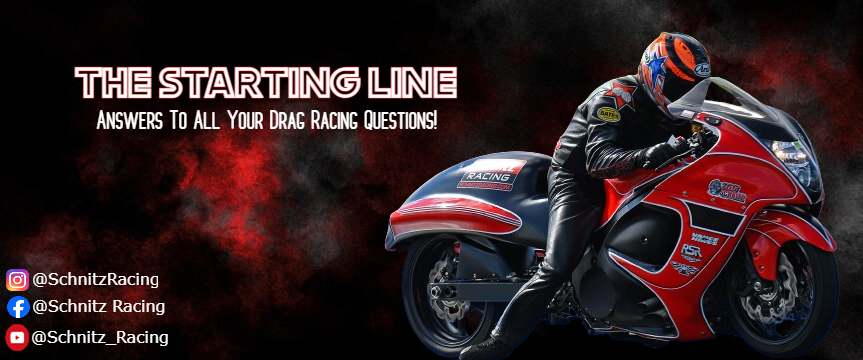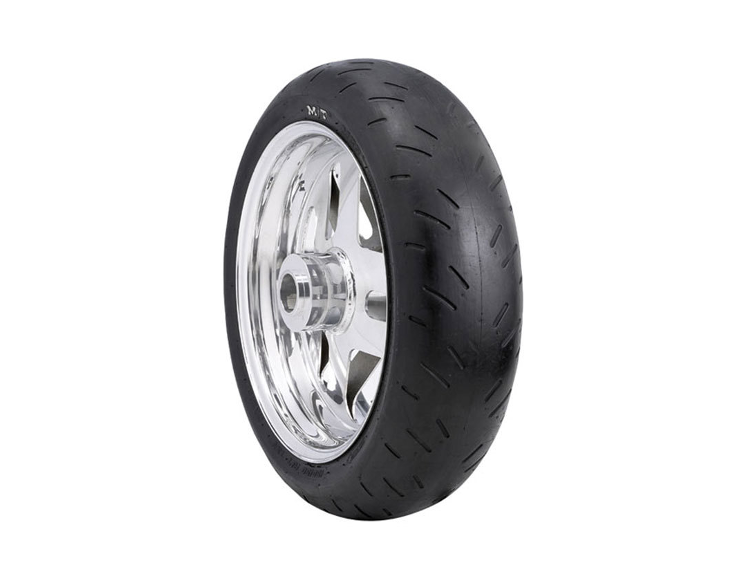The Starting Line: Best Technique For Burnouts?

|
| January 26, 2024 |
What is the best technique for a burn out? |
The best technique for a burnout can vary among racers, and there's no one-size-fits-all approach. Different bikes, track conditions, and personal preferences contribute to the diversity in burnout techniques. The primary purpose of a burnout is to clean the tire and add heat to enhance traction during the launch. Here are some key points and variations:
-
Purpose of Burnout: The primary goal is to clean the tire and make it stickier for better traction during the launch.
-
1.) Variety in Burnout Techniques:
-
Some racers burnout until they disappear in a cloud of tire smoke, while others may prefer a more controlled burnout.
-
There are variations like the "pro stock" burnout, where the front brake is released, allowing the bike to move forward while still spinning the rear tire.
-
Racers may drive through the water box or go around it and back up into the water to keep the front tire dry.
-
2.) Wet or Dry Burnout:
-
Some racers start the burnout with the rear tire on the edge of the water, while others don't wet the rear tire at all.
-
The choice of whether to wet the tire or not can depend on the bike and track conditions.
-
3.) Gear Selection:
-
Burnouts can be performed in different gears, such as first, second, or third, depending on the racer's preference.
-
4.) Clutch Influence:
-
The type of clutch in the bike can influence the burnout technique.
-
5.) Tire Heating:
-
Some racers may tilt a street bike to heat every millimeter of the sidewalls, while others keep the bike upright.
-
6.) Observing Winning Racers:
-
New racers can learn by observing experienced and successful racers, adopting techniques used by those consistently going rounds and winning races.
-
7.) Safety Precautions:
-
It's crucial to avoid over-revving the bike during the burnout.
-
Safety precautions include being aware of the water box conditions, ensuring the tire spins, and avoiding accidents.
-
8.) Bike-Specific Techniques:
-
Techniques may vary depending on the type of bike, such as street bikes or bikes with slick tires.
-
9.) Water Assistance:
-
If the bike requires water to spin and the burnout box is dry, getting someone's attention to spray water can be necessary.
-
10.) Comfort and Consistency:
-
Riders are encouraged to adopt techniques that feel comfortable and provide consistency in performance.
Ultimately, the best technique for a burnout is subjective and may require some experimentation to find what works best for a particular racer, bike, and track conditions.
To Many Burnouts? View Difference Tires Here |
<-Previous Issue |
Next Issue -> |



